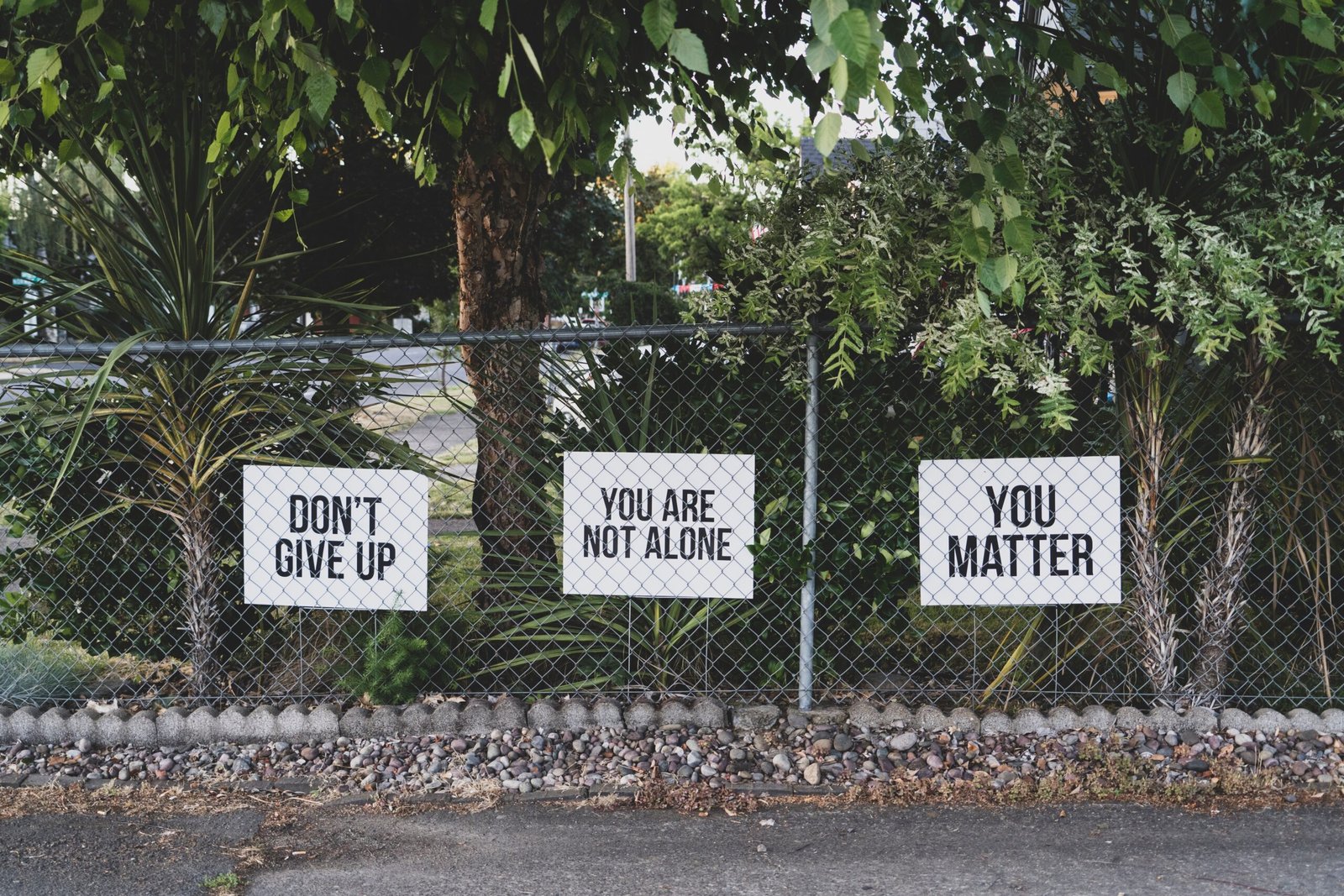Introduction
As the colder months approach, many people find themselves struggling with their mood. The lack of sunlight and colder temperatures can negatively impact our mental well-being. Seasonal Affective Disorder (SAD) is a type of depression that occurs during specific seasons, most commonly winter. In this blog post, we will explore effective ways to combat SAD, stay active, and maintain a positive mindset during the winter months.
1. Embrace the Power of Light
One of the main causes of SAD is the reduced exposure to natural light. To counteract this, make sure to spend time outdoors during daylight hours. Open your curtains and blinds to let in as much natural light as possible. Consider investing in a light therapy box, which mimics natural sunlight and can help alleviate symptoms of SAD.
2. Stay Active
Regular exercise has been proven to boost mood and reduce symptoms of depression. Engage in activities that you enjoy, such as walking, jogging, or indoor workouts. Aim for at least 30 minutes of exercise most days of the week. If outdoor activities are not feasible, try online workout classes or home exercise equipment.
3. Nurture Your Mind and Body
Take time for self-care activities that promote relaxation and well-being. This can include practicing mindfulness or meditation, taking warm baths, or indulging in hobbies you enjoy. Prioritize getting enough sleep and maintaining a balanced diet to support your overall health.
4. Connect with Others
Social interaction plays a crucial role in boosting mood and combating feelings of isolation. Despite the challenges of the pandemic, make an effort to connect with loved ones through virtual hangouts or phone calls. Join online communities or support groups to find like-minded individuals who can offer support and understanding.
5. Bring the Outdoors In
Surround yourself with elements of nature to uplift your mood. Decorate your living space with plants or flowers, which can improve air quality and create a sense of calm. Consider incorporating natural scents, such as essential oils, to create a soothing environment.
6. Practice Mindfulness
Mindfulness techniques can help you stay present and reduce stress. Engage in activities such as yoga or deep breathing exercises. Take time to appreciate the small joys of winter, like sipping a warm cup of tea or cozying up with a good book.
7. Seek Professional Help
If your symptoms of SAD persist or worsen, it’s important to seek professional help. A healthcare provider can provide guidance and recommend appropriate treatment options, such as therapy or medication.
8. Stay Engaged and Productive
Keep your mind active and engaged by pursuing hobbies or learning new skills. Set goals for yourself and break them down into manageable tasks. Accomplishing even small tasks can boost your mood and sense of accomplishment.
9. Let There Be Light
Ensure that your living and working spaces are well-lit. Use bright, full-spectrum light bulbs to mimic natural daylight. Consider rearranging furniture to maximize exposure to natural light during the day.
10. Embrace Hygge
Hygge, a Danish concept, emphasizes coziness and contentment. Create a warm and inviting atmosphere in your home by using soft lighting, warm blankets, and comfortable furniture. Enjoy simple pleasures like indulging in comfort foods, sipping hot beverages, and spending quality time with loved ones.
FAQs
Q: Can SAD affect anyone?
A: Yes, anyone can experience symptoms of SAD, although it is more common in women and those living in regions with shorter daylight hours.
Q: Are there any natural supplements that can help with SAD?
A: Some people find relief from SAD symptoms by taking vitamin D supplements or using herbal remedies like St. John’s Wort. However, it’s essential to consult with a healthcare professional before starting any new supplements.
Q: How long do SAD symptoms typically last?
A: SAD symptoms usually begin in the late fall or early winter and resolve in the spring. However, the severity and duration of symptoms can vary from person to person.
Tips
– Incorporate exercise into your daily routine, even if it’s just a short walk outside.
– Create a daily routine to provide structure and stability during the winter months.
– Surround yourself with positive influences, whether it’s uplifting music, inspiring books, or motivational podcasts.
– Practice gratitude by keeping a journal of things you are thankful for each day.
Conclusion
Winter can be challenging, but by implementing these strategies, you can boost your mood and maintain a positive mindset. Remember to prioritize self-care, stay connected with others, and seek professional help if needed. Embrace the joys of the season and find comfort in the small moments that bring warmth to your heart. Let’s make this winter a season of growth and resilience.
Call to Action: If you found these tips helpful, share them with your friends and family on social media. Let’s spread positivity and support each other during the winter months.









